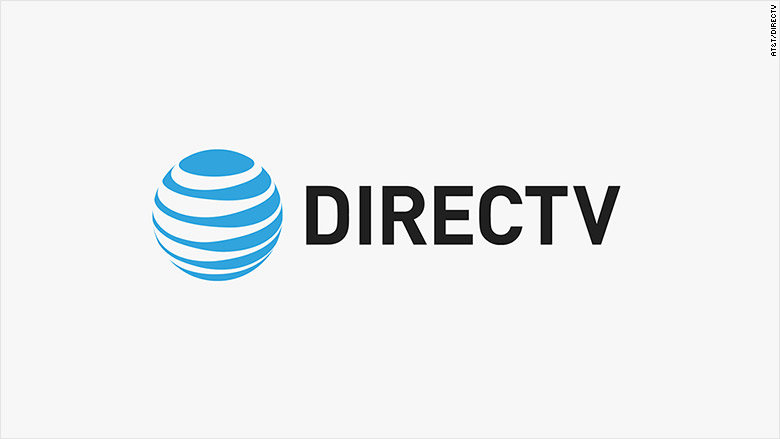DirecTV, DirecTV Now Sub Losses Drag AT&T

Analysts who have been bracing for heavy subscriber losses at AT&T’s pay TV businesses in the fourth quarter were proven correct and then some after the telco released financial results Wednesday morning, with nearly 400,000 customers heading for the exits as promotional offers rolled off.
AT&T lost 391,000 pay TV customers in total in the period -- including 267,000 at its DirecTV Now streaming service. AT&T said it had expected the declines, as it moves to wean itself of price-conscious, low-engagement subscribers and focuses on customers that spend more time with the service and are more apt to interact with targeted advertising products from its Xandr unit.
The declines helped drive down AT&T shares on Wednesday. The stock was priced as low as $29.01 in early trading, down 5.5%, or $1.69 per share, and closed at $29.37 on Jan.30, down 4.3%, or $1.33 each.
Driving the losses was AT&T’s decision to eliminate its $10 per month DirecTV Now promotion. The company says that today, there are virtually no customers remaining that are paying that promotional price.
Analysts have wondered when AT&T would pull the plug on the $10 promotion, which helped drive subscriber rolls to new heights -- AT&T had about 1.87 million DirecTV Now customers at the end of Q3 -- but resulted in heavy financial losses.
On a conference call with analysts to discuss quarterly results, AT&T chairman and CEO Randall Stephenson said the subscriber losses were expected.
Related: DirecTV Now Likely to Report Q4 Declines Wednesday
Multichannel Newsletter
The smarter way to stay on top of the multichannel video marketplace. Sign up below.
“It’s been a year, year-and-a-half of learning what the market demand was going to be and what the customer engagement with the product was going to be,” Stephenson said, adding that as the pay TV product has evolved, AT&T decided to pull the plug on the $10 promo, which mostly focused on low-end customers who did not engage with the service.
“Obviously that has a significant impact on dilution,” Stephenson added. “This is one of the main drivers of dilution. This is also one of the primary triggers as we move into 2019 to getting us to EBITDA stability. Now we have a customer base left on the streaming base that is growing and is highly engaged customer base. We like where we are in how we are positioning the streaming product.”
Overall, revenue at AT&T was up 15.2% to $48 billion in the quarter, driven mainly by gains in its wireless segment and the Time Warner Inc., acquisition last year. Overall, AT&T’s Entertainment Group revenue was down 3.3% to $12.2 billion from $12.6 billion in the prior year. WarnerMedia, which consists mainly of the assets purchased in the Time Warner deal, increased revenue by 5.9% to $9.2 billion and operating income by 30% to $2.6 billion from $2 billion in the prior year.
